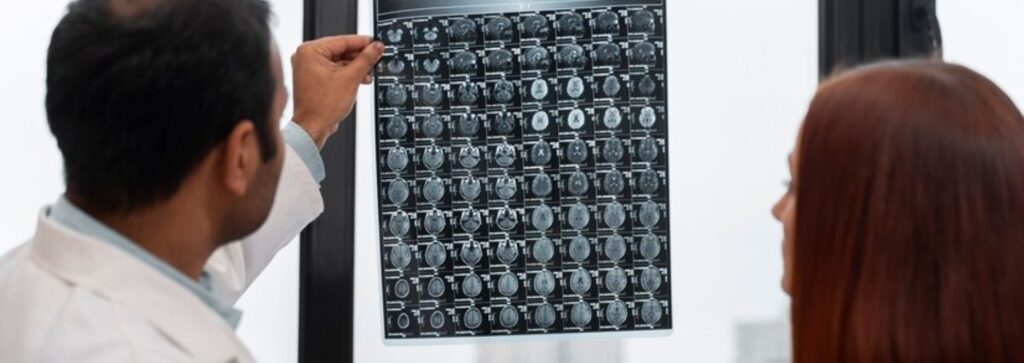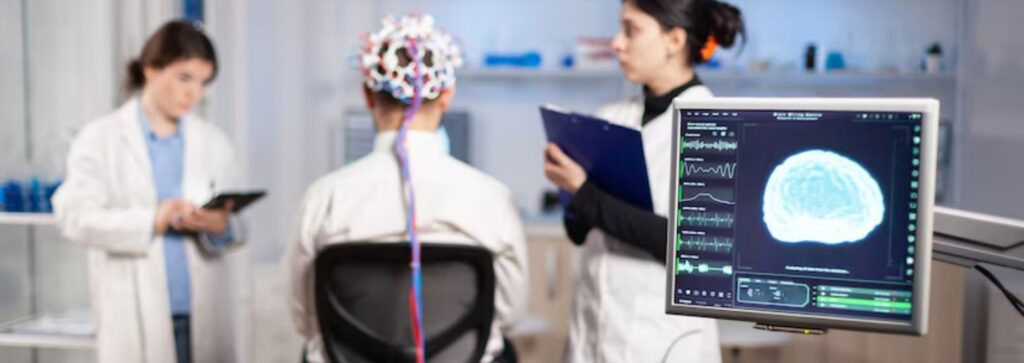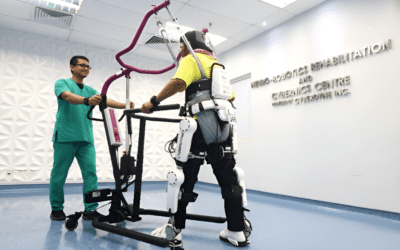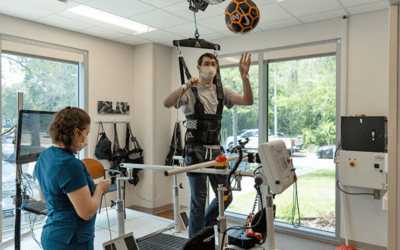Dystonia is a chronic neurological condition characterised by sustained involuntary muscle contractions causing abnormal movements, postures, and tremor
Deep brain stimulation (DBS) is a surgical intervention used to treat movement disorders such as dystonia when the regimen of existing medications and the various rehabilitation strategies become less effective in managing symptoms.

DBS is a surgical treatment that uses an implanted medical device to treat dystonia and other neurological disorders.
DBS for the treatment of dystonia involves administering a controlled electrical current into the globus pallidus, the malfunctioning portion of the brain. Small holes are made in the skull to implant the electrodes into brain tissue. The electrodes produce electrical impulses that affect brain activity to treat certain medical conditions.
Treatment for Dystonia
People with below forms of Dystonia can qualify for Deep Brain Stimulation Treatment…
- Genetic dystonia: This group of conditions can be severely disabling and can lead to permanent bone deformity. DBS should be considered before permanent damage occurs. Patients with these disorders typically have an excellent response to DBS therapy.
- Primary or idiopathic dystonia: There is no known cause for this group of conditions. The MRI scans in people with these dystonias appear to be normal and there are no hereditary factors. These patients typically respond well to DBS surgery similar to those with a genetic form of dystonia.
- Cerebral palsy: There is typically a poor response to DBS surgery with only small improvement (10-20%) in the abnormal movements. In general, this does not warrant the risk of the procedure.
- Cervical dystonia: This form of dystonia can be treated with DBS therapy if the symptoms become painful and disruptive despite the best medical therapy including botulinum toxin injections.

Advantages of Deep Brain Stimulation:
Deep Brain Stimulation (DBS) has significant advantages over ablative procedures that include…
- Reversibility – if side effects are noted, stimulation parameters can be adjusted through programming or the stimulator turned off. This will allow patients to remain candidates for future therapies that may arise as a result of progress in molecular genetic research.
- Programmability – unlike ablative procedures, stimulation parameters can be adjusted as needed over time to improve the response and minimise the side effects.
Bilateral procedure—the ability to turn to stimulators off combined with the minimal amount of tissue damage caused by the electrodes allows bilateral procedures to be performed more safely as compared to ablative procedures.
DBS can help lessen your symptoms. While your symptoms may improve enough to make a difference, they often don’t go away completely. Medicines may still be needed for certain conditions.
Deep Brain Stimulation has been used to treat several of these conditions but the success varies according to the type of dystonia treated.



